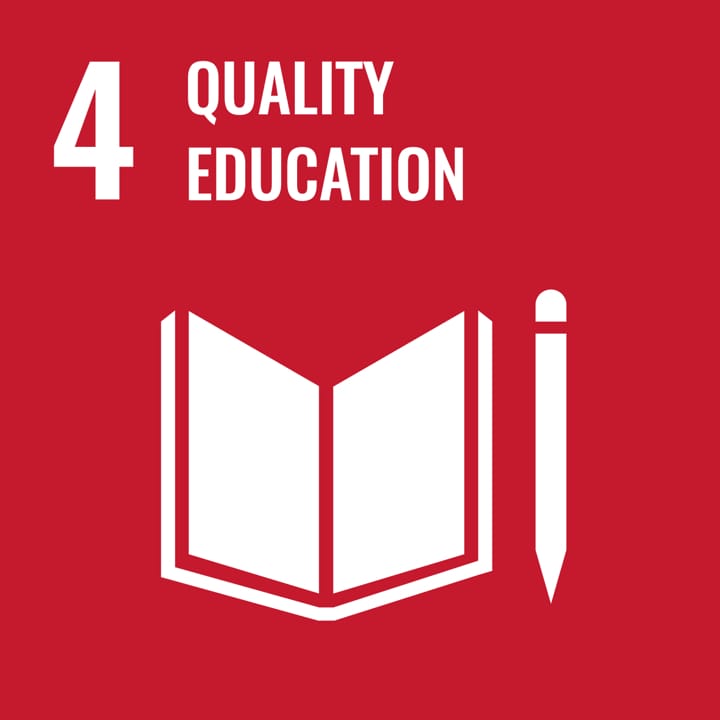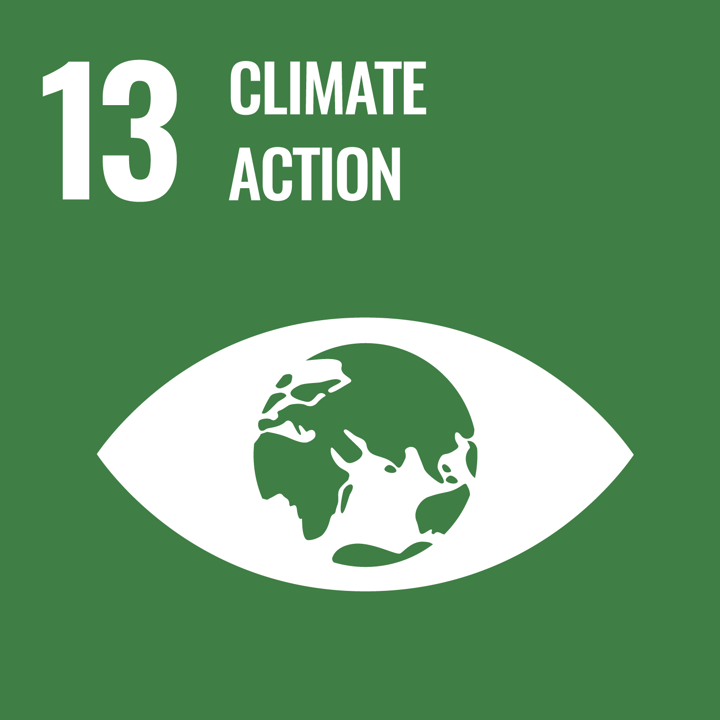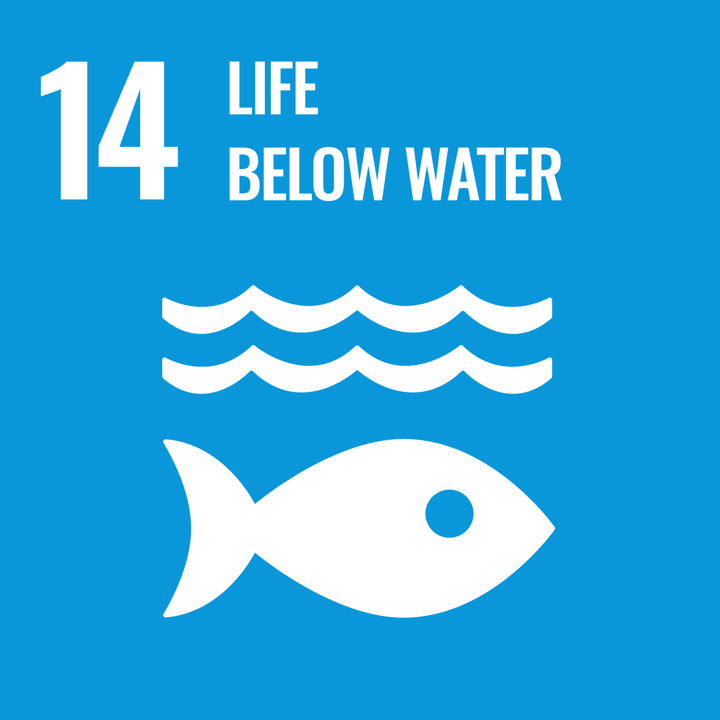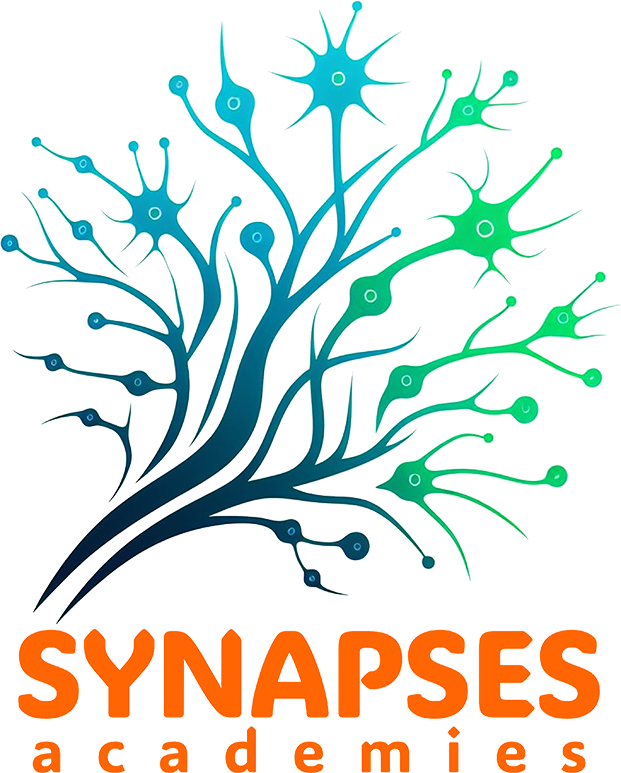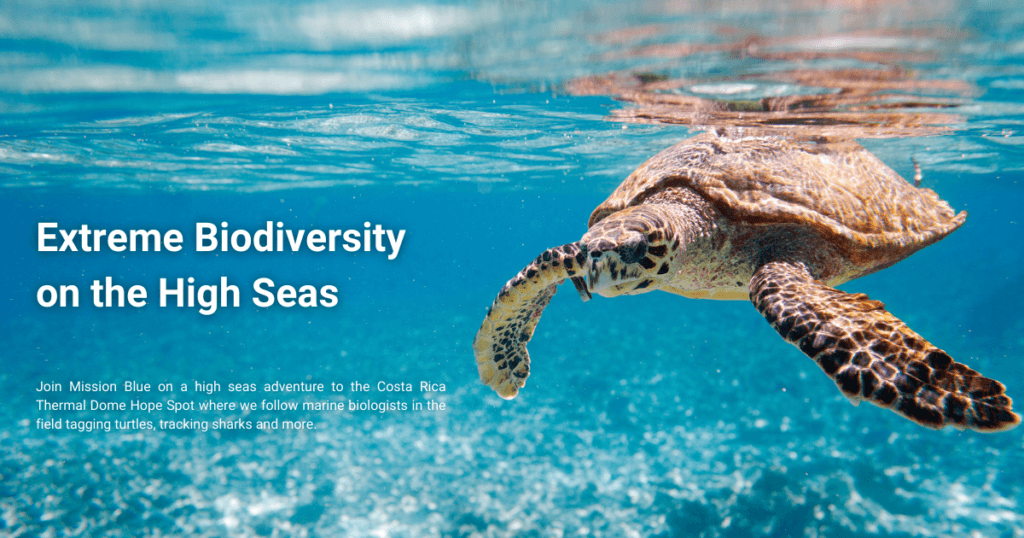
Intended End User: Teacher
Age Group: Lower Secondary; Upper Secondary
School Curriculum: Social & Environment Science
Themes and Topics: Environmental Change; Futures Thinking; Food and Agriculture; Information & Knowledge; Citizenship
Duration: One to two class periods, depending on depth of exploration and discussion.
Type of Resource: Demonstration, Presentation, Online Tool
Keywords: Climate Change; Biodiversity; Conservation; Geospatial Analysis
Languages: English
Description
The Extreme Biodiversity on the High Seas is an immersive educational tool designed to enhance understanding of environmental changes and their impacts on global biodiversity. Through this interactive platform, users can virtually visit diverse ecosystems, observe the effects of climate change, and examine real-world conservation efforts. The tour offers detailed narratives, geospatial data, and visualizations that illustrate the interconnectedness of climate systems and living organisms. Educators can integrate this resource into science, geography, and environmental studies curricula to promote inquiry-based learning and critical thinking. By engaging with this tool, students gain a comprehensive perspective on sustainability challenges and the importance of proactive environmental stewardship.
How to use this resource
Preparation: Ensure access to Google Earth on classroom devices.
Introduction: Begin with a discussion on climate change and its global impacts.
Exploration: Guide students through the Google Earth tour, highlighting key areas affected by climate change.
Analysis: Encourage students to note observations on biodiversity changes and conservation initiatives.
Discussion: Facilitate a class dialogue on findings and potential solutions to environmental challenges.
Extension: Assign students to research specific regions or species impacted by climate change using Google Earth.
The resources
The resources and tools, can be found here:
- Hope Spot: Costa Rican Thermal Dome – Google Earth
- Mission Blue inspires action to explore and protect the ocean. Led by legendary oceanographer Dr. Sylvia Earle, Mission Blue is uniting a global coalition to inspire an upwelling of public awareness, access and support for a worldwide network of marine protected areas – Hope Spots.
- UNEP’s Atlas of our Changing Environment
Learning Outcomes
- Elicit prior knowledge and further develop knowledge and comprehension of key Sustainability Citizenship key concepts, challenging established worldviews and values.
- Apply a range of suitable tools and frameworks to promote student Sustainability Citizenship
- Collaboratively synthesise the knowledge, tools and frameworks to create educational materials and lessons plans adapted to their own local context
Green Competencies
- Embodying Sustainable Values: Promoting Nature
- Embracing Complexity in Sustainability: Systems Thinking
- Envisioning Sustainable Futures: Exploratory Thinking
Creative Commons

Climate Change and Biodiversity Exploration via Google Earth is Licensed by CC By 4.0.
SDGs
